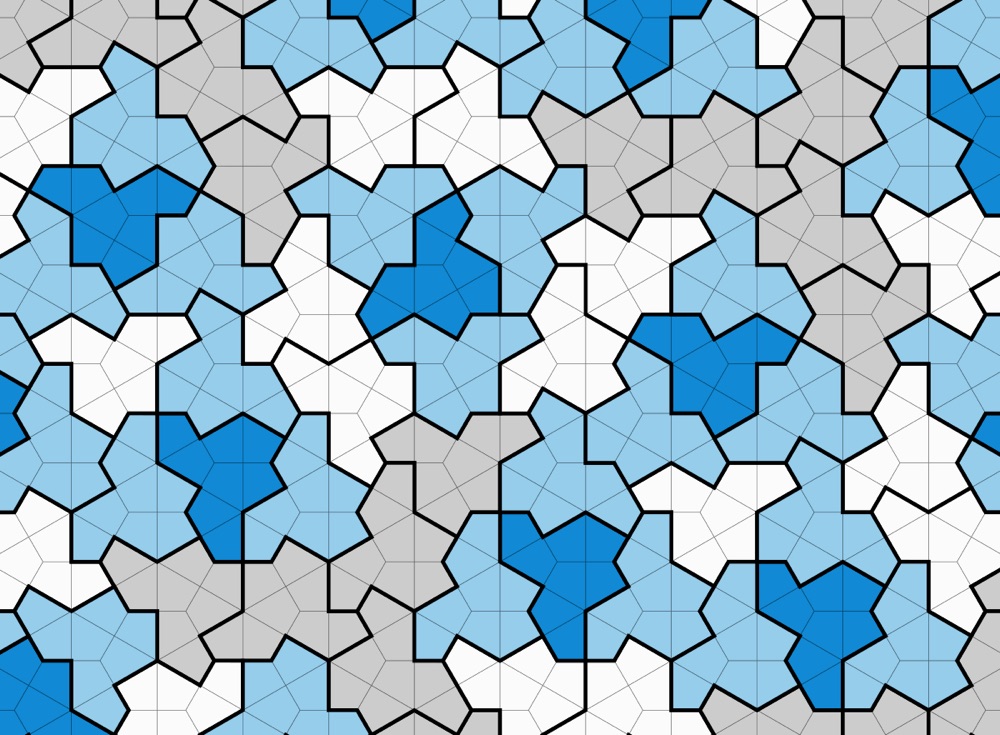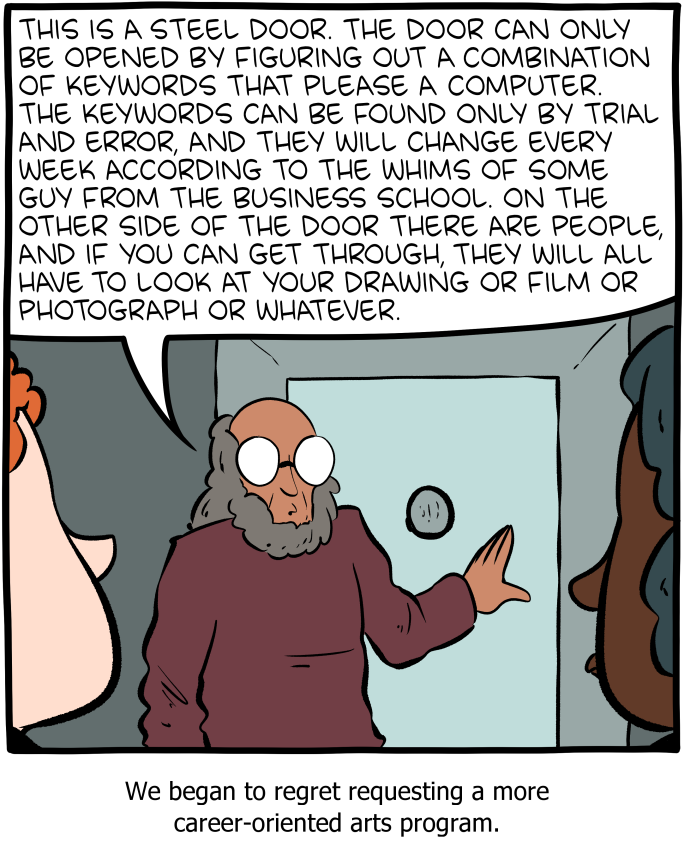What listeners say about Dungeon Crawler Carl
Average customer ratings
Overall
- 5 out of 5 stars
- 5 Stars 2,331
- 4 Stars 261
- 3 Stars 51
- 2 Stars 19
- 1 Stars 4
Performance
- 5 out of 5 stars
- 5 Stars 2,252
- 4 Stars 96
- 3 Stars 16
- 2 Stars 5
- 1 Stars 1
Story
- 5 out of 5 stars
- 5 Stars 1,995
- 4 Stars 282
- 3 Stars 63
- 2 Stars 21
- 1 Stars 7
Reviews - Please select the tabs below to change the source of reviews.
- paul doyle
- 30-06-21
An Absolute Must For Any Dungeon Crawler.
As someone who enjoys RPG/Dungeon Crawl games, I found this book an absolute gem! So funny too, I lost count of the number of times I actually burst out laughing with some of the one liners. Loved it!
Something went wrong. Please try again in a few minutes.
You voted on this review!
You reported this review!
2 people found this helpful
- patrick fitzgerald
- 01-04-23
New achievements….very funny
Reward…an excellently entertaining listen. Brilliantly performed by Jeff
Hays. Starting the second book straightaway.
Something went wrong. Please try again in a few minutes.
You voted on this review!
You reported this review!
1 person found this helpful
- Dave M
- 22-06-21
Loved it
Excellent book, throughly enjoyed this audio book. Really well written and delivered. Looking forward to lots more
Something went wrong. Please try again in a few minutes.
You voted on this review!
You reported this review!
- LGKM
- 30-03-21
Great listen
Loved this book, one of my favourites ever! Really well written and Jeff Hays is still awesome!
Something went wrong. Please try again in a few minutes.
You voted on this review!
You reported this review!
- Amazon Customer
- 18-10-21
Very good and hard to put down
So… Running Man ver 2.0 with better humour & a AD&D mix - tick and tick.
Only thing I would recommend is an “Archer” type voice as the lead character - oh wait, the audio book has that too. It’s very good.
Tick, tick and tick.
We need more audio books like this.
Right, getting the next book now
Something went wrong. Please try again in a few minutes.
You voted on this review!
You reported this review!
- chris
- 03-01-22
gad damn it donut
well, to put it mildly, that was hysterical 🤣, i can't wait to hear book 2. If you're a fan of the noob town series, this is up your street!
Something went wrong. Please try again in a few minutes.
You voted on this review!
You reported this review!
- M Reynolds
- 04-05-22
Worth it
A fun and unapologetically non PC read. A bit dark at times with the humour both matching and lightening the mood. I look forward to the next book.
Something went wrong. Please try again in a few minutes.
You voted on this review!
You reported this review!
- infectedme
- 24-04-23
EPIC STORY
This is absolutely AMAZING..! And the narrators work is from another world..!! Enjoyed every minute of it..!
Something went wrong. Please try again in a few minutes.
You voted on this review!
You reported this review!
- Sarah Griffiths
- 28-01-23
Fantastic
Never laughed out loud so much.
Jeff Hays is amazing, cannot wait to start the next book
Something went wrong. Please try again in a few minutes.
You voted on this review!
You reported this review!
- Robbie Newman
- 13-06-23
Too good!
Loved the story and narrator. Perfect combination. Hooked in. May have to buy more credits. Consumed it in less than 2 days and can’t wait to start the next.
Something went wrong. Please try again in a few minutes.
You voted on this review!
You reported this review!




